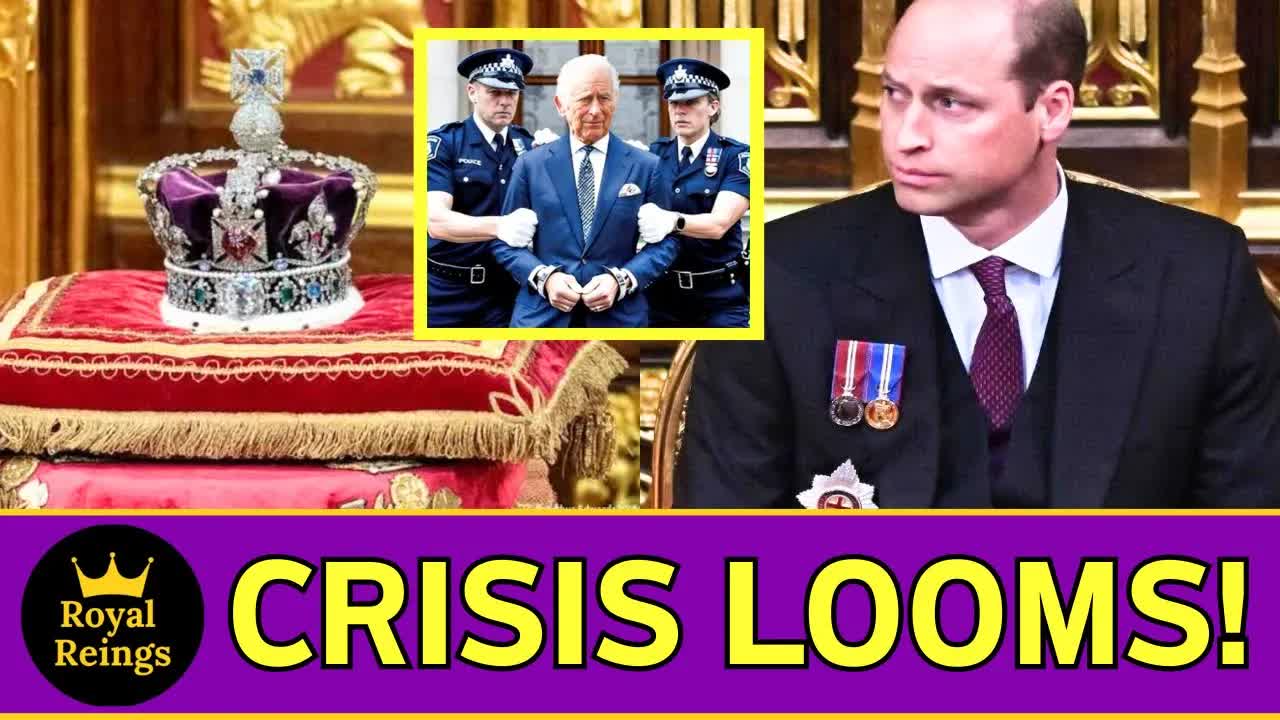The British royal family finds itself at a pivotal moment, with King Charles III encountering a series of escalating challenges that threaten the very fabric of the monarchy.
A mix of familial tensions, generational shifts, and intense external scrutiny has plunged the institution into a state of crisis.
The renewed public presence of Prince Harry and Meghan Markle only adds fuel to the fire, complicating an already delicate situation.
King Charles stepped into his role with aspirations of modernization and stability.
However, his reign has been overshadowed by internal conflicts and mounting external pressures.
At the heart of this turmoil are the strained relationships within the royal household, particularly between Harry and his brother, Prince William.
Their sibling rivalry, exacerbated by contrasting roles and public expectations, has resurfaced, illustrating the complexities of royal life in the modern age.
The return of Harry and Meghan to the public eye has reignited old grievances, from their controversial interviews to their pursuit of financial independence, which challenges traditional royal funding norms.
This ongoing saga places King Charles in a difficult position as he seeks to manage these personal disputes while maintaining the unity and public image of the monarchy.
In today’s world, tabloids and social media act as relentless amplifiers of royal drama.
Every misstep and confrontation is magnified, turning private family matters into public spectacles.
Exaggerated narratives and unverified claims circulate rapidly online, putting immense pressure on the monarchy.
The public’s fascination with royal affairs complicates the family’s efforts to control its narrative amidst the chaos.
Moreover, the challenges surrounding transparency have led to growing criticism of Harry and Meghan, particularly regarding their children’s public appearances and official roles.
The couple’s struggles to navigate these issues highlight the difficulties the royal family faces in managing public perception while trying to uphold their private lives.
Another significant hurdle for the monarchy is the clash between tradition and modernity.
Younger royals like Prince George are growing up in a vastly different environment, one shaped by social media and global expectations.
In contrast, the monarchy’s time-honored practices, such as ceremonial duties and strict hierarchies, often seem disconnected from contemporary values.
King Charles has made efforts to adapt, focusing on environmental advocacy and other modern initiatives.
However, these moves have received mixed reactions.
While some commend his progressive approach, others view it as a potential overreach into political territory, further complicating his attempts to modernize the monarchy.
The generational divide within the royal family reflects broader societal changes.
Young royals, including Zara Tindall and Prince George, embody both the monarchy’s potential for evolution and the heavy expectations placed upon them.
Their actions and public personas will play a critical role in shaping the future of the institution.
Furthermore, the contributions of senior royals like Princess Anne and the Duke and Duchess of Edinburgh are vital during these challenging times.
Their experience and ability to maintain continuity help uphold public trust in the monarchy, especially as King Charles navigates his reign amid increasing scrutiny.
As the royal family confronts these multifaceted challenges, King Charles’s leadership is under the microscope like never before.
His capacity to resolve familial disputes, meet public expectations, and modernize the monarchy while honoring its traditions will be crucial in determining the institution’s resilience in the years to come.
The unfolding drama serves as a poignant reminder of the complexities involved in leadership and adaptation.










